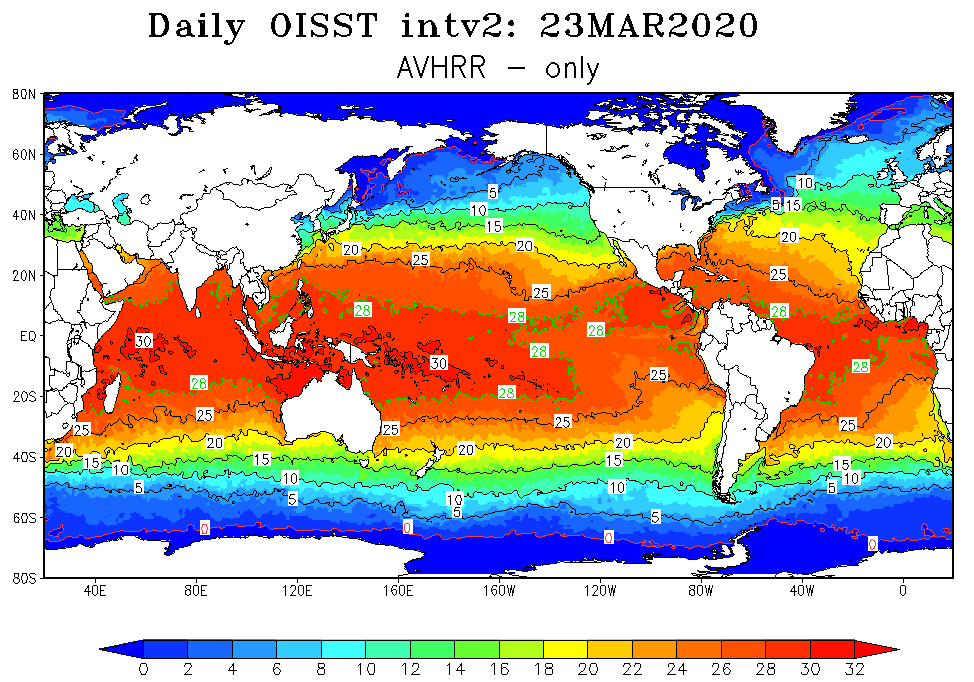How do ocean winds affect the temperatures in New Zealand? This question lies at the heart of understanding the country’s diverse climate. Prevailing westerly winds, influenced by the Southern Oscillation Index (SOI), drive New Zealand’s weather patterns, while ocean currents, such as the East Auckland Current and Tasman Sea Current, play a significant role in shaping coastal temperatures.
This article delves into the intricate interplay between ocean winds and temperatures, exploring their local, regional, and long-term impacts on New Zealand’s climate.
The influence of ocean winds and currents on New Zealand’s temperatures is multifaceted, with factors such as topography, elevation, and proximity to the coast contributing to local and regional variations. Long-term climate trends, analyzed through historical data, reveal the evolving nature of ocean winds and their impact on New Zealand’s temperatures, highlighting potential implications for the country’s future climate.
Wind Patterns and Their Influence on New Zealand’s Climate
The prevailing westerly winds, known as the Roaring Forties, dominate New Zealand’s climate. These winds carry moisture from the Tasman Sea, leading to abundant rainfall on the west coast. The Southern Oscillation Index (SOI) influences wind patterns, with positive SOI phases associated with stronger westerlies and increased precipitation.
Wind Patterns and Seasonal Variations
- Summer:Strong westerlies with frequent cyclones and heavy rainfall on the west coast.
- Autumn:Westerlies weaken, bringing more settled weather with occasional cold fronts.
- Winter:Westerlies strengthen again, with increased rainfall and snowfall in the South Island.
- Spring:Westerlies weaken, leading to a transition to warmer and drier conditions.
Ocean Currents and Their Impact on Coastal Temperatures

The East Auckland Current (EAC) and the Tasman Sea Current (TSC) are the major ocean currents affecting New Zealand’s coastal waters. The EAC carries warm subtropical water from the north, while the TSC brings cooler subantarctic water from the south.
Impact on Coastal Temperatures
- North Island:The EAC warms the east coast, creating milder winters and warmer summers.
- South Island:The TSC cools the west coast, resulting in cooler temperatures and more frequent frosts.
- Specific Locations:Auckland (EAC influence) has a mean annual temperature of 14.3°C, while Christchurch (TSC influence) has a mean annual temperature of 10.2°C.
Local and Regional Variations in Temperature

Topography, elevation, and proximity to the coast contribute to local and regional variations in temperature.
Factors Influencing Temperature Variations
- Topography:Mountains block prevailing winds, creating rain shadows and warmer temperatures on the leeward side.
- Elevation:Temperature decreases with increasing elevation due to adiabatic cooling.
- Proximity to the Coast:Coastal areas experience milder temperatures due to the moderating influence of the ocean.
Temperature Variations by Region, How do ocean winds affect the temperatures in new zealand
| Region | Mean Annual Temperature (°C) | Contributing Factors |
|---|---|---|
| Northland | 15.5 | EAC influence, coastal proximity |
| Auckland | 14.3 | EAC influence, urban heat island effect |
| Canterbury Plains | 10.2 | TSC influence, distance from coast |
| Fiordland | 8.5 | TSC influence, high elevation, rainfall |
Long-Term Climate Trends and Impacts

Analysis of historical data shows long-term trends in ocean winds and their impact on New Zealand’s temperatures.
Trends and Implications
- Weakening Westerlies:Westerlies have weakened over the past few decades, leading to reduced rainfall on the west coast.
- Increased EAC Influence:The EAC has strengthened, resulting in warmer coastal temperatures and reduced frost risk.
- Potential Impacts:These trends may affect water availability, agriculture, and tourism in New Zealand.
User Queries: How Do Ocean Winds Affect The Temperatures In New Zealand
How do ocean winds impact the temperature of New Zealand’s coastal areas?
Ocean winds, particularly the prevailing westerlies, influence coastal temperatures by transporting warm or cold air masses. For example, the East Auckland Current brings warm subtropical waters to the northeast coast, resulting in milder temperatures.
What is the role of the Southern Oscillation Index (SOI) in shaping New Zealand’s climate?
The SOI measures the difference in air pressure between the eastern and western Pacific Ocean. Positive SOI values indicate stronger trade winds and increased rainfall in New Zealand, while negative values bring drier conditions.
How do local factors contribute to temperature variations across New Zealand?
Local factors such as topography, elevation, and proximity to the coast play a significant role in temperature variations. For instance, mountainous regions experience cooler temperatures due to adiabatic cooling, while coastal areas tend to have more moderate temperatures due to the influence of ocean currents.